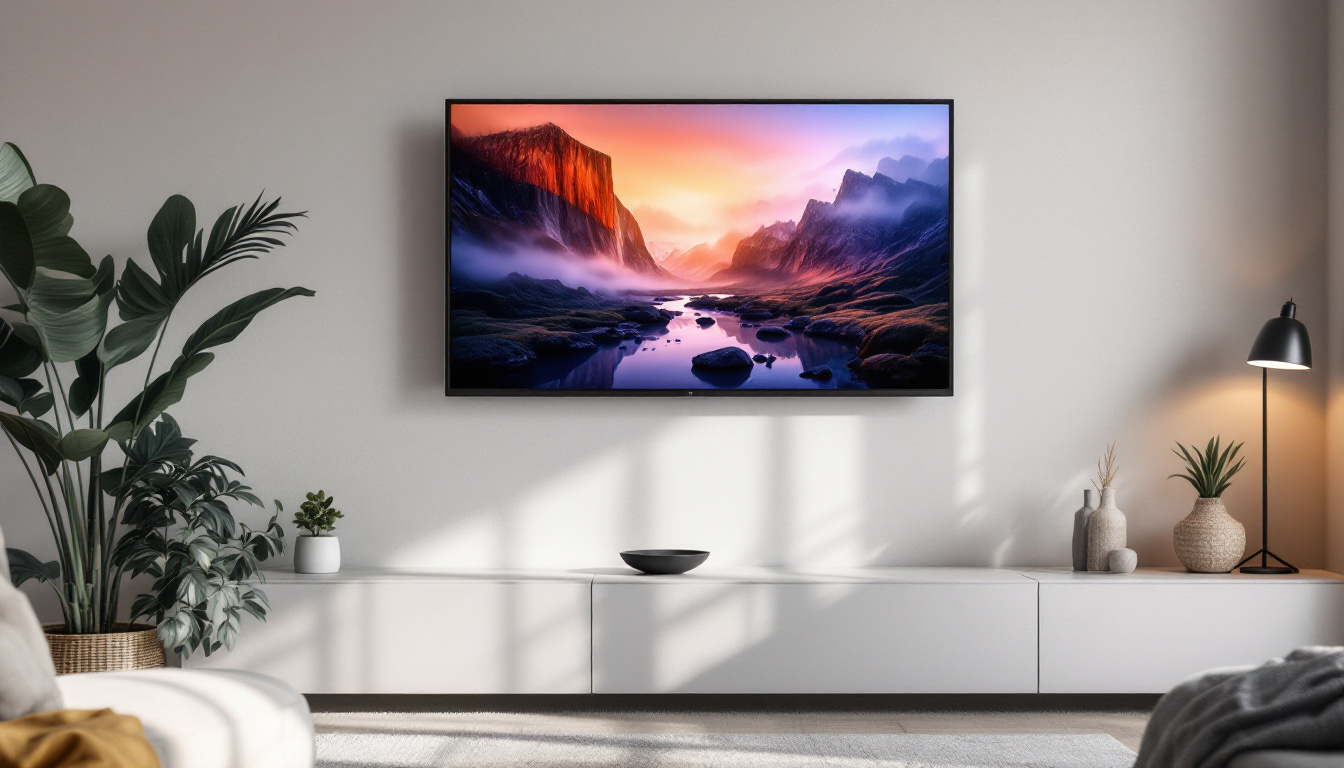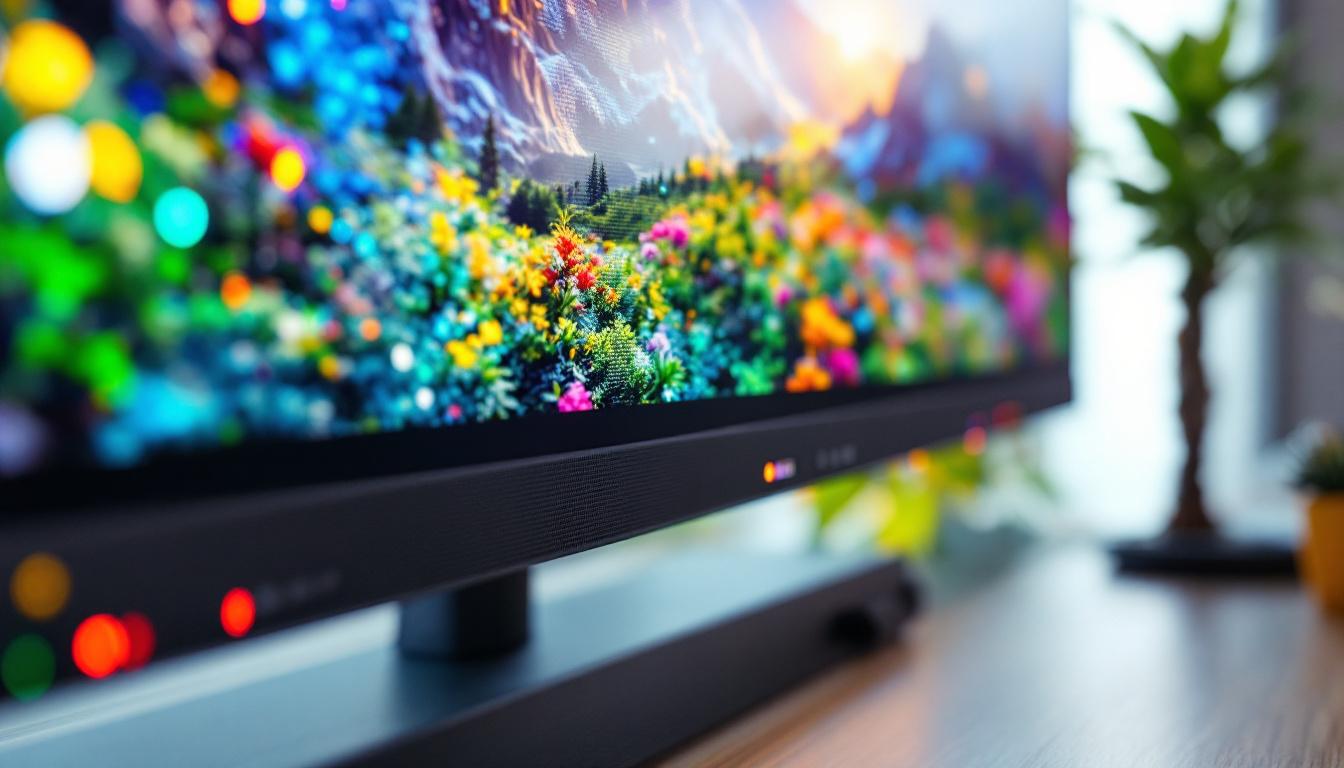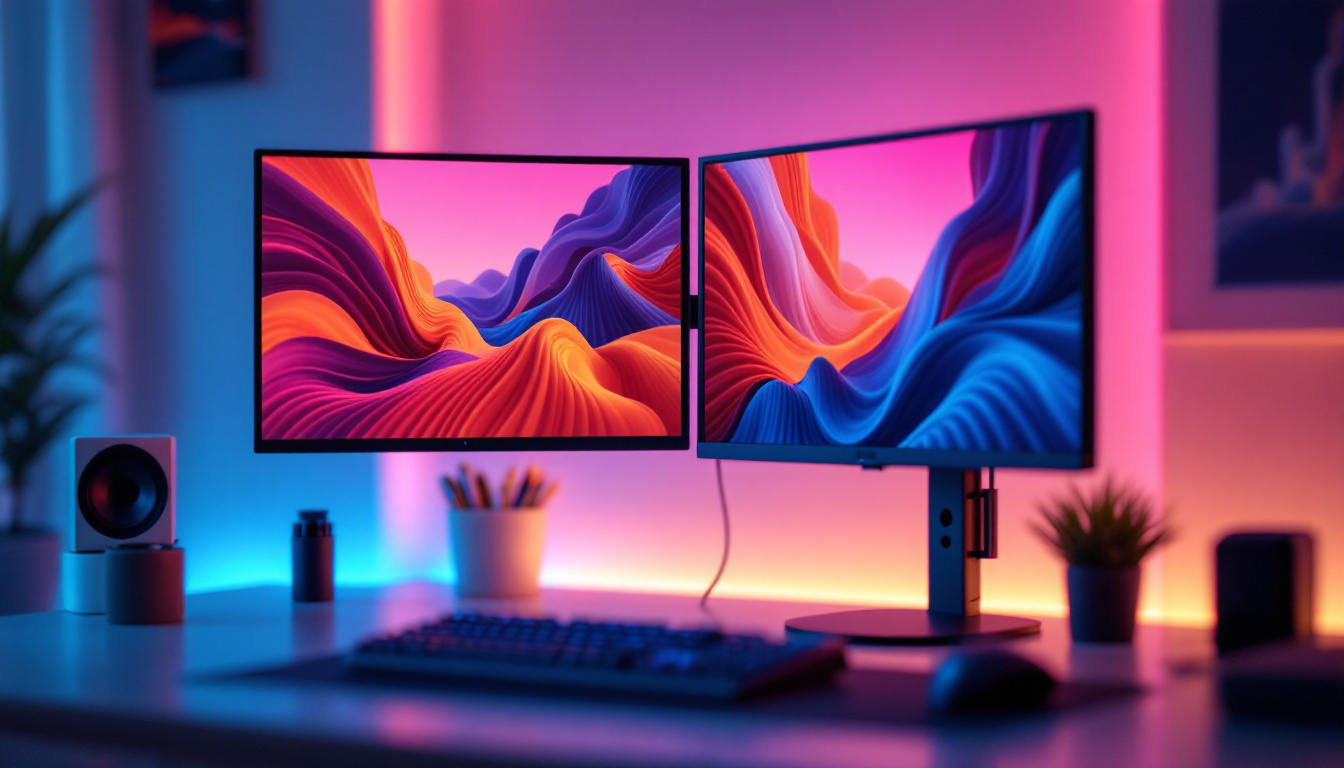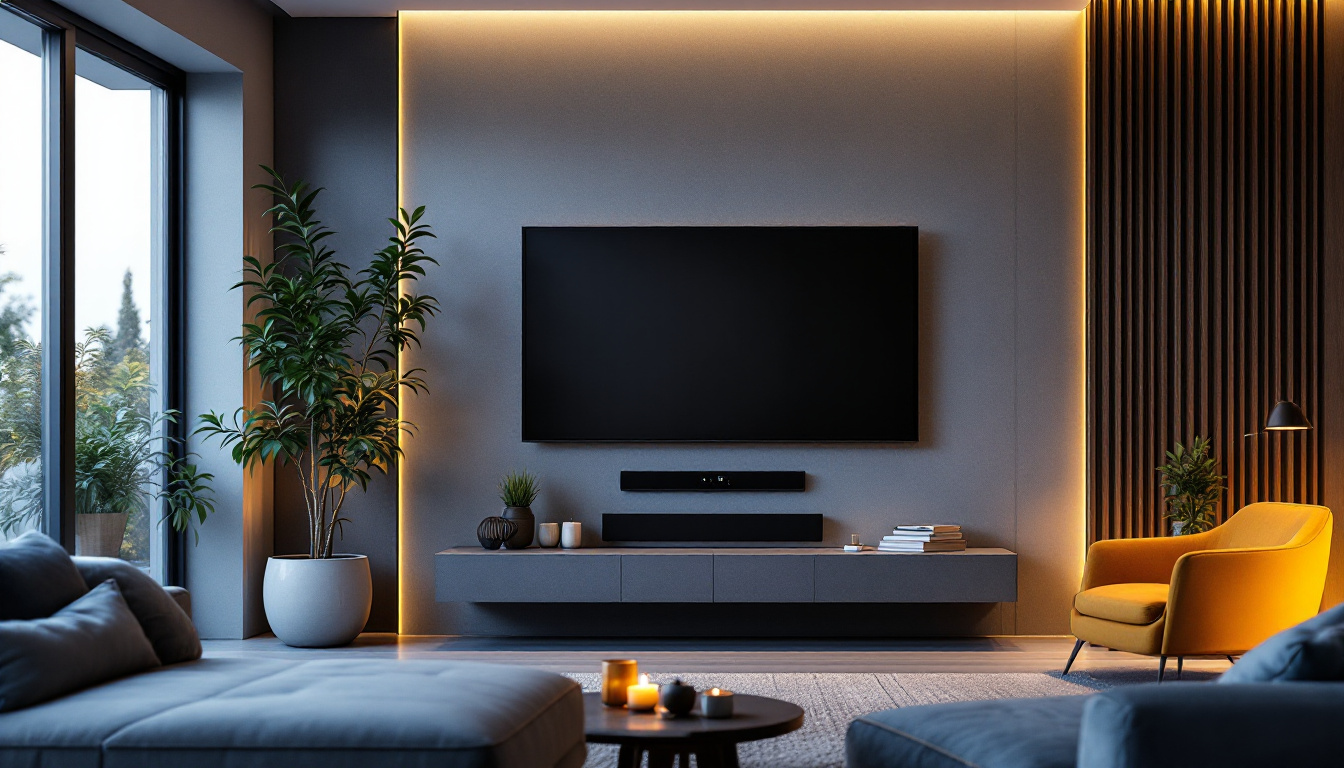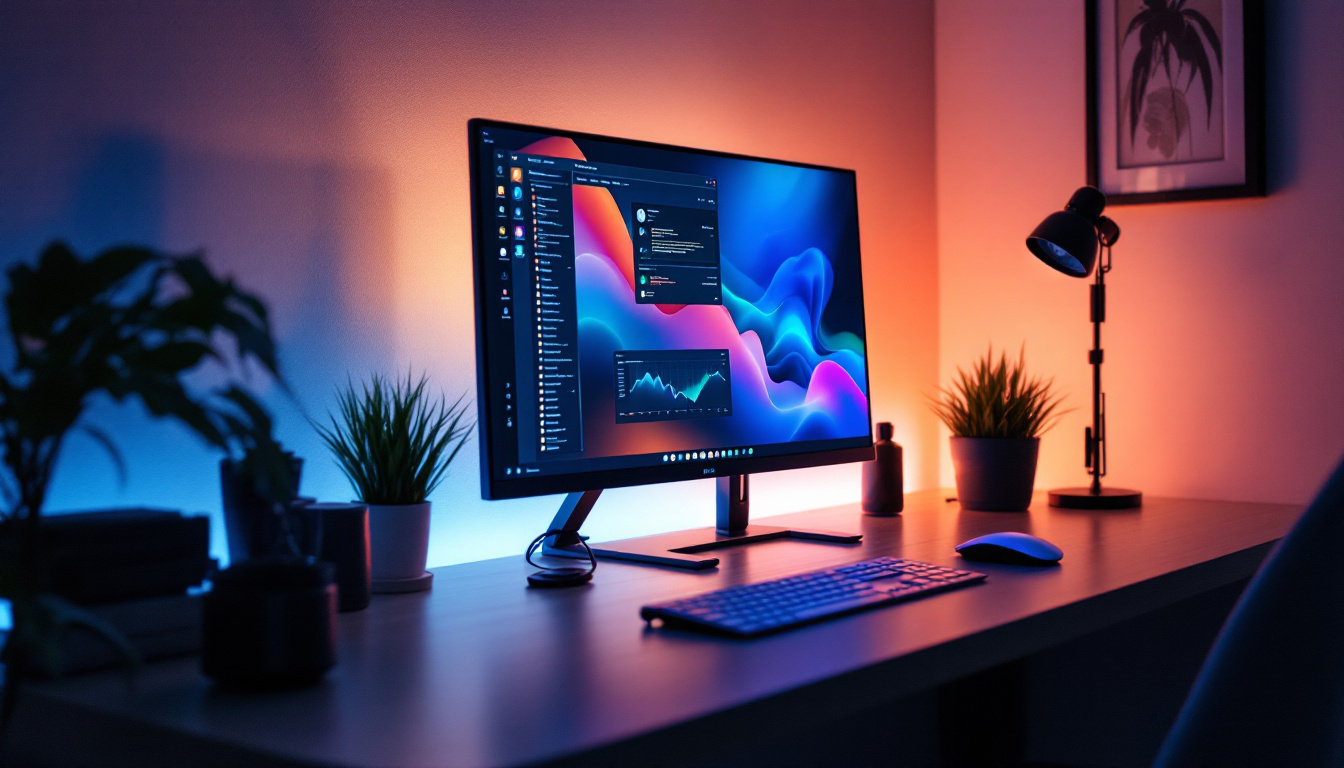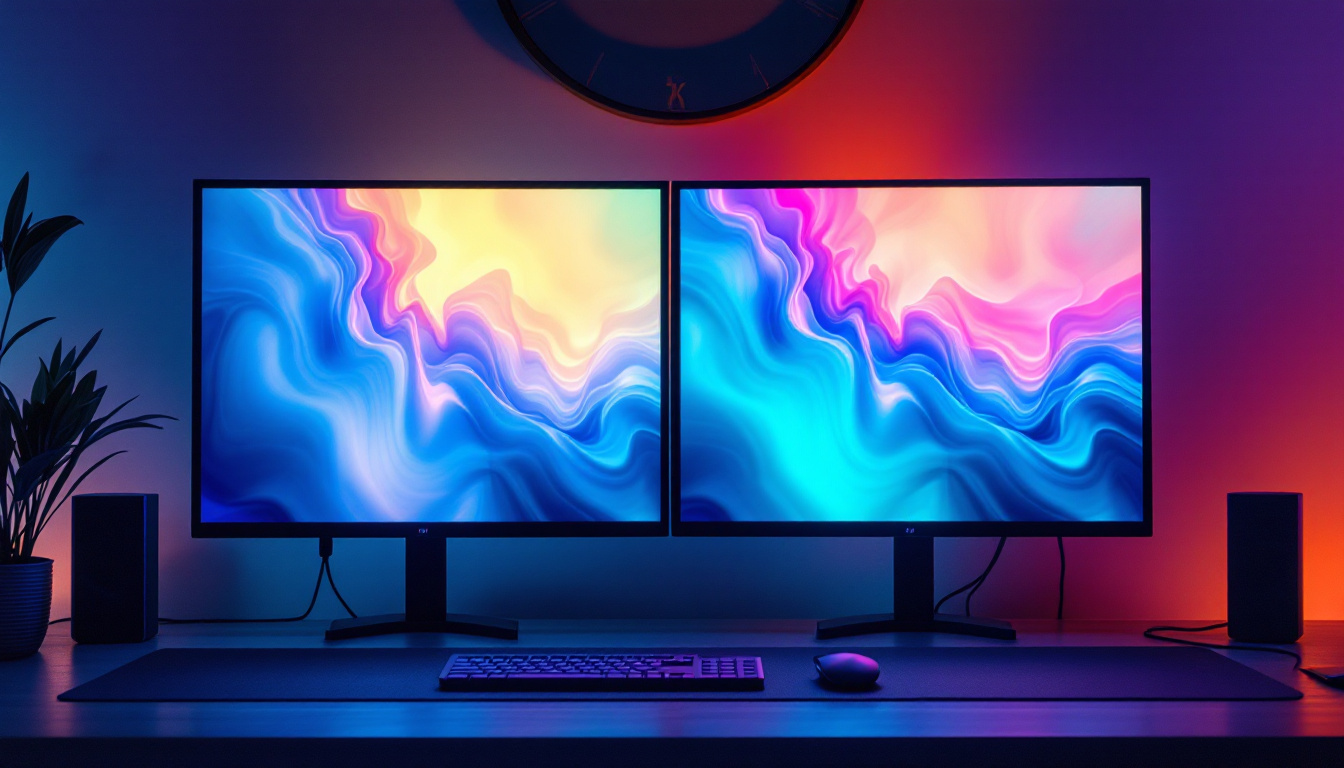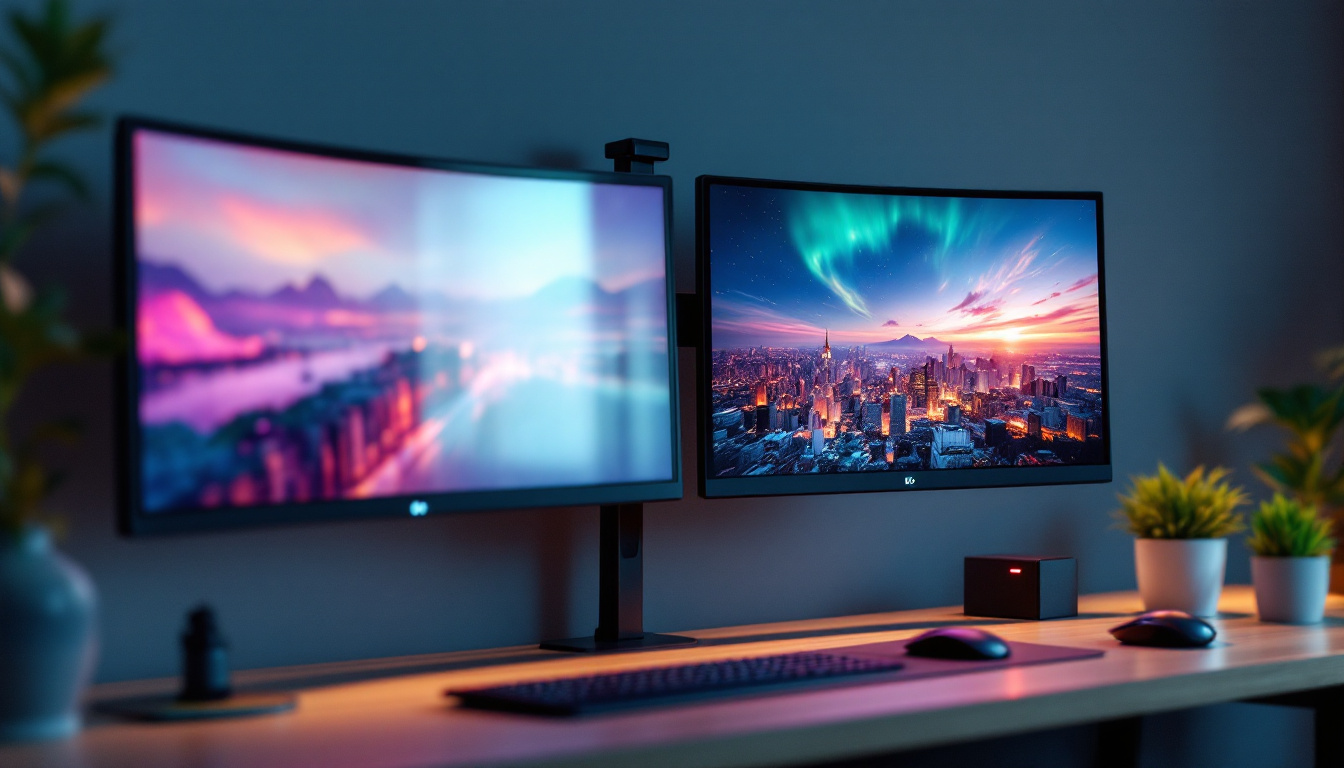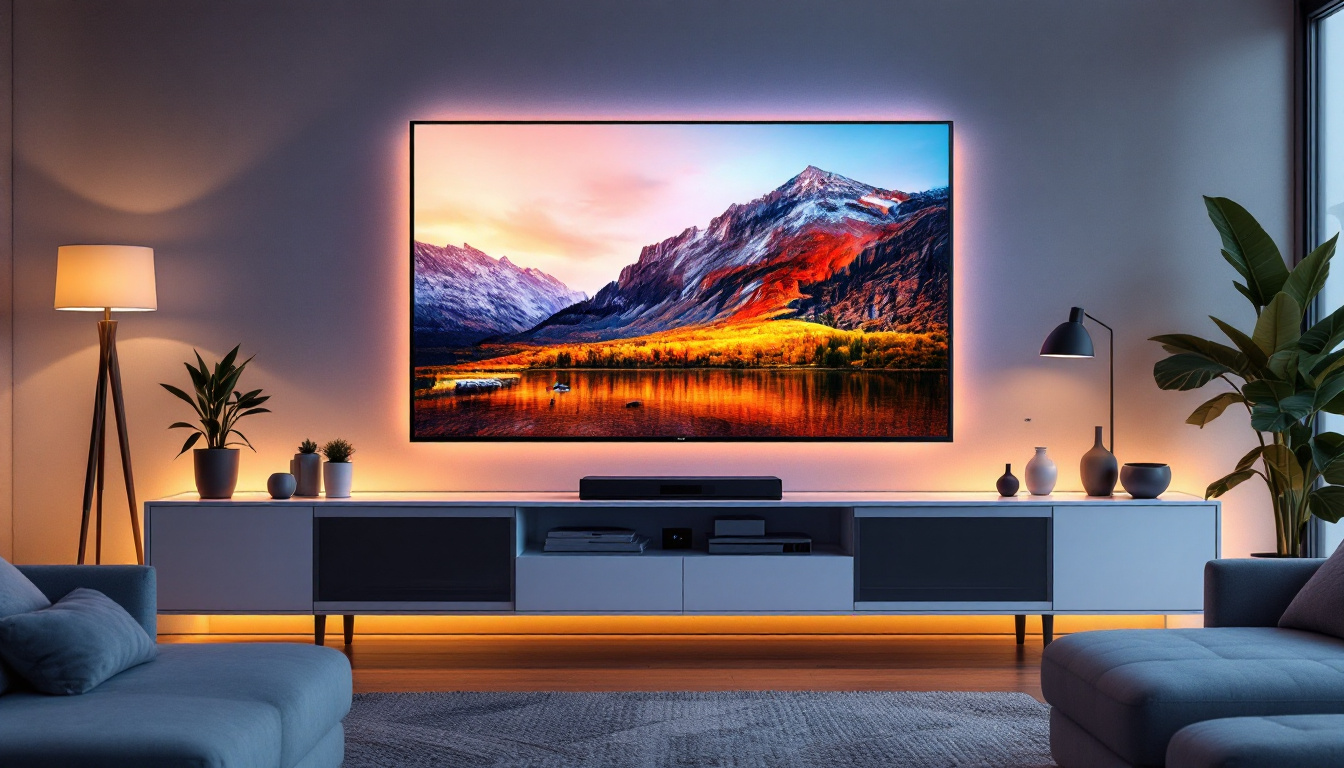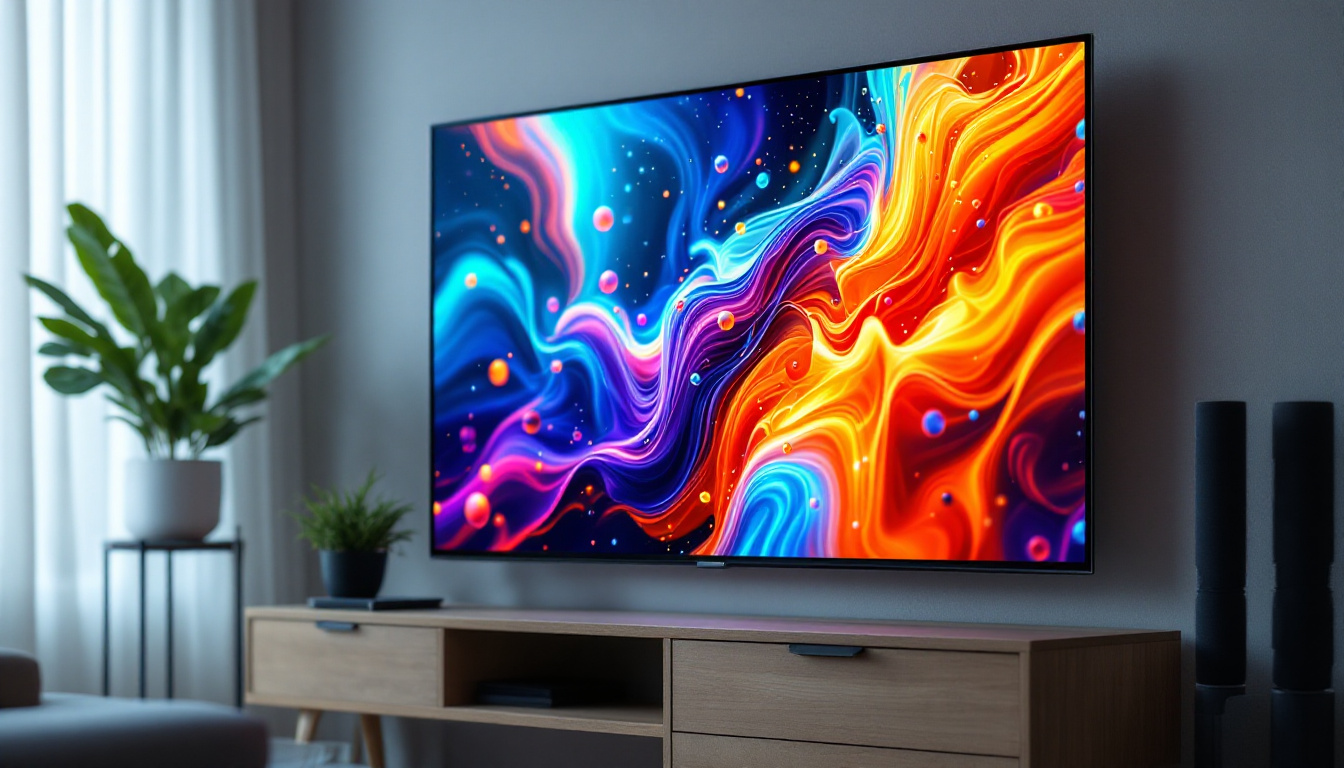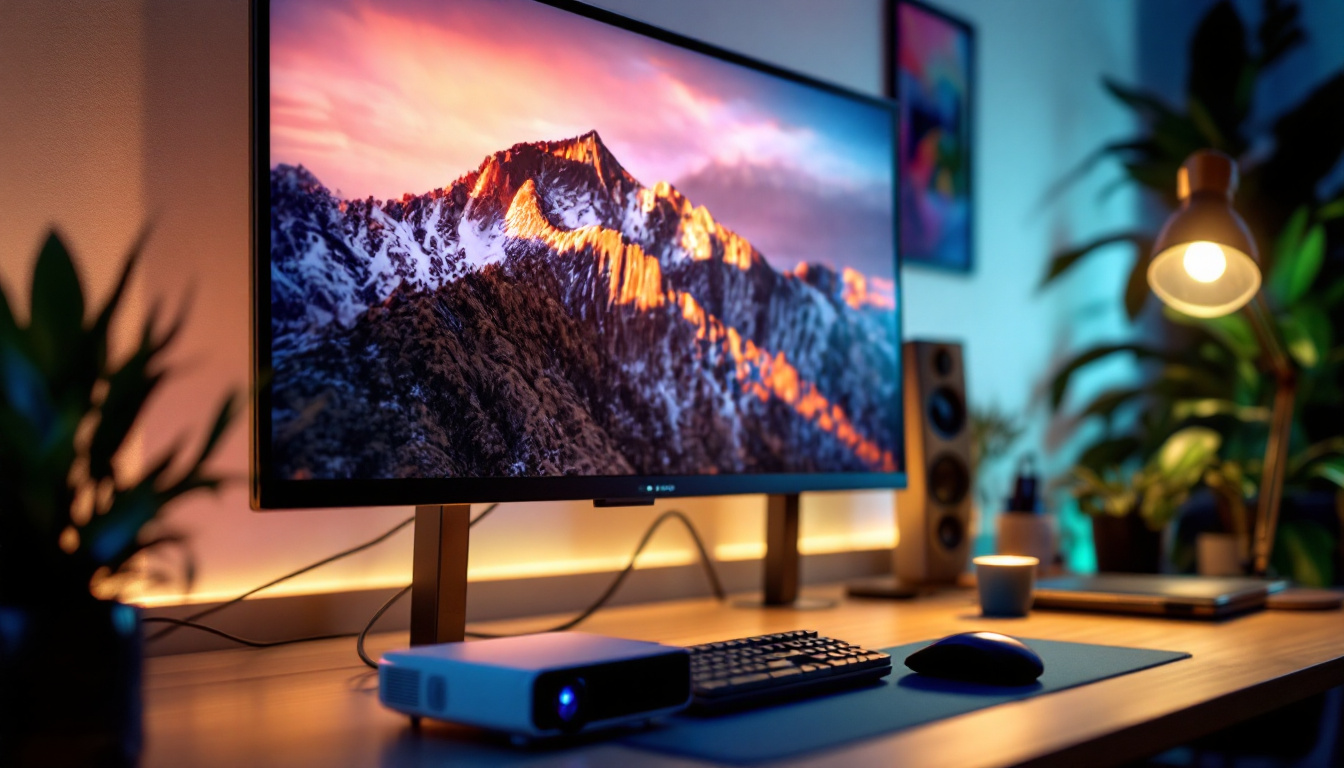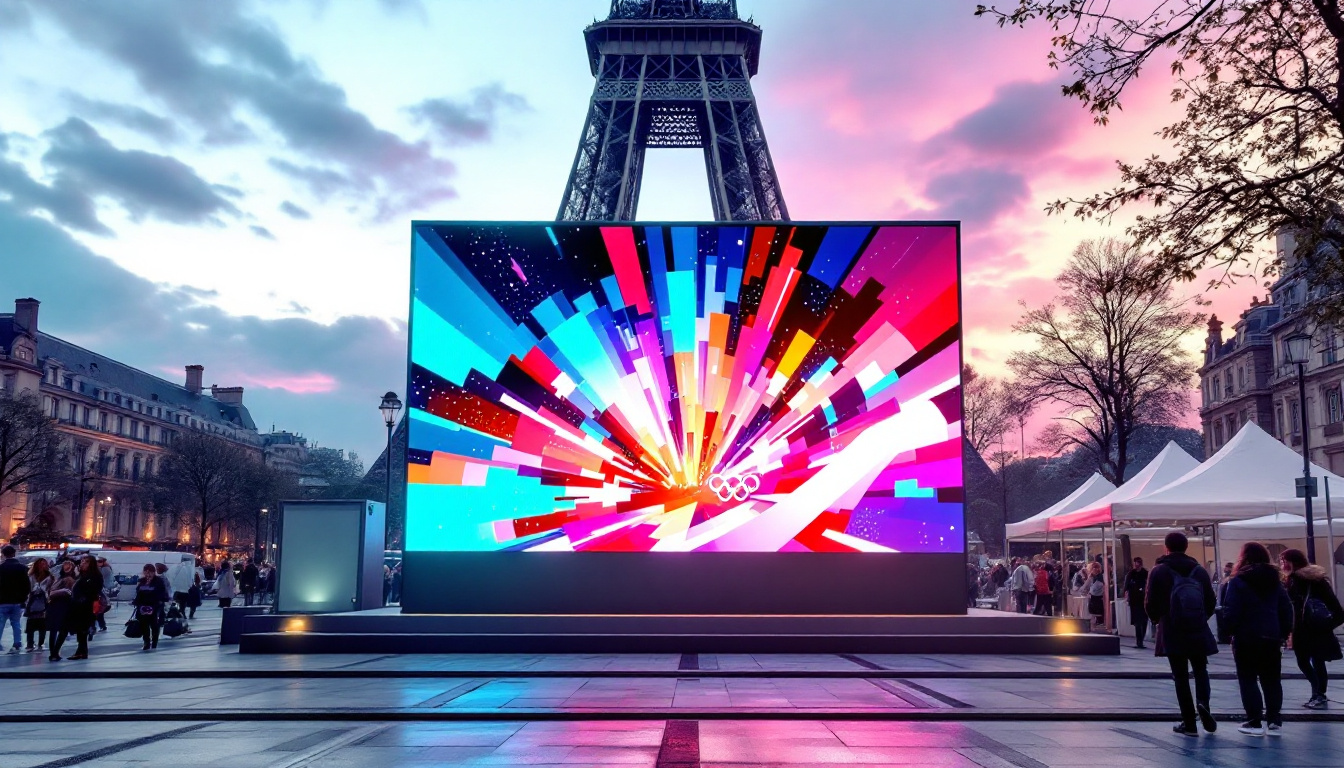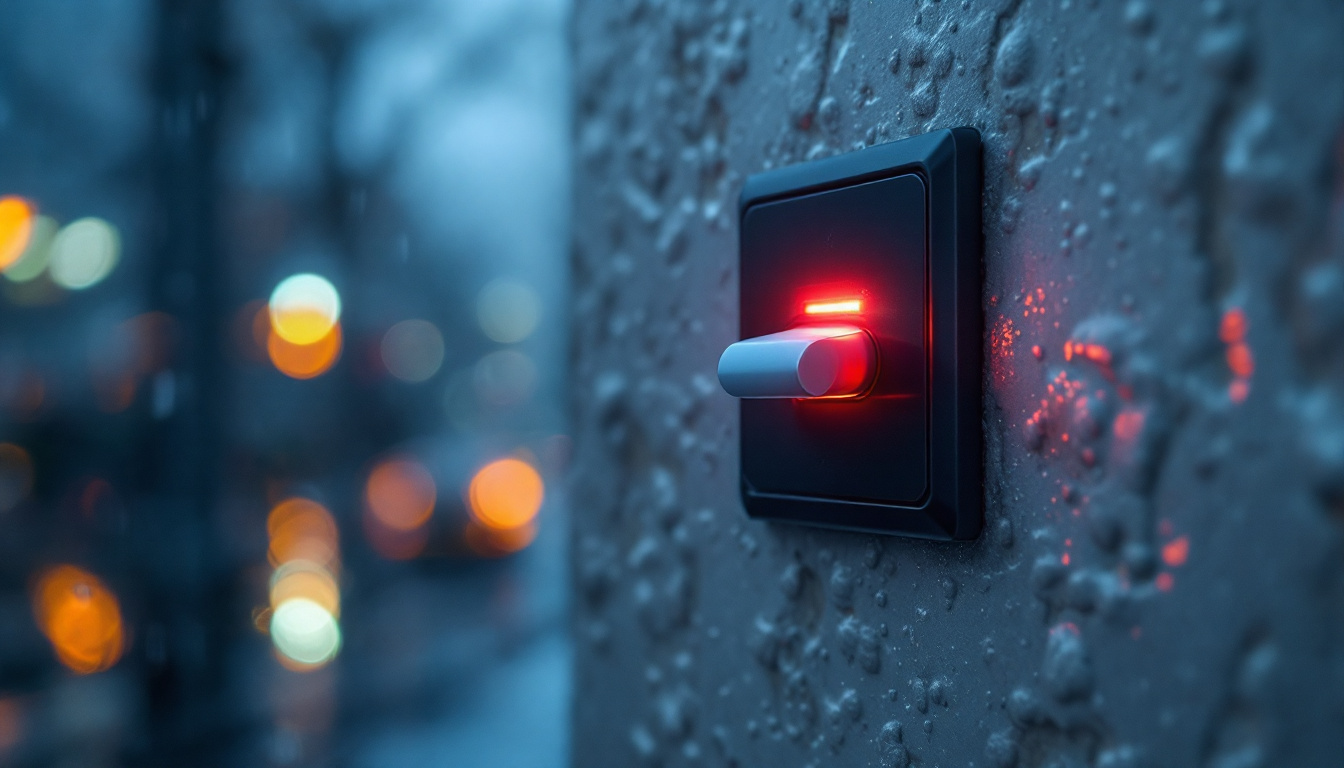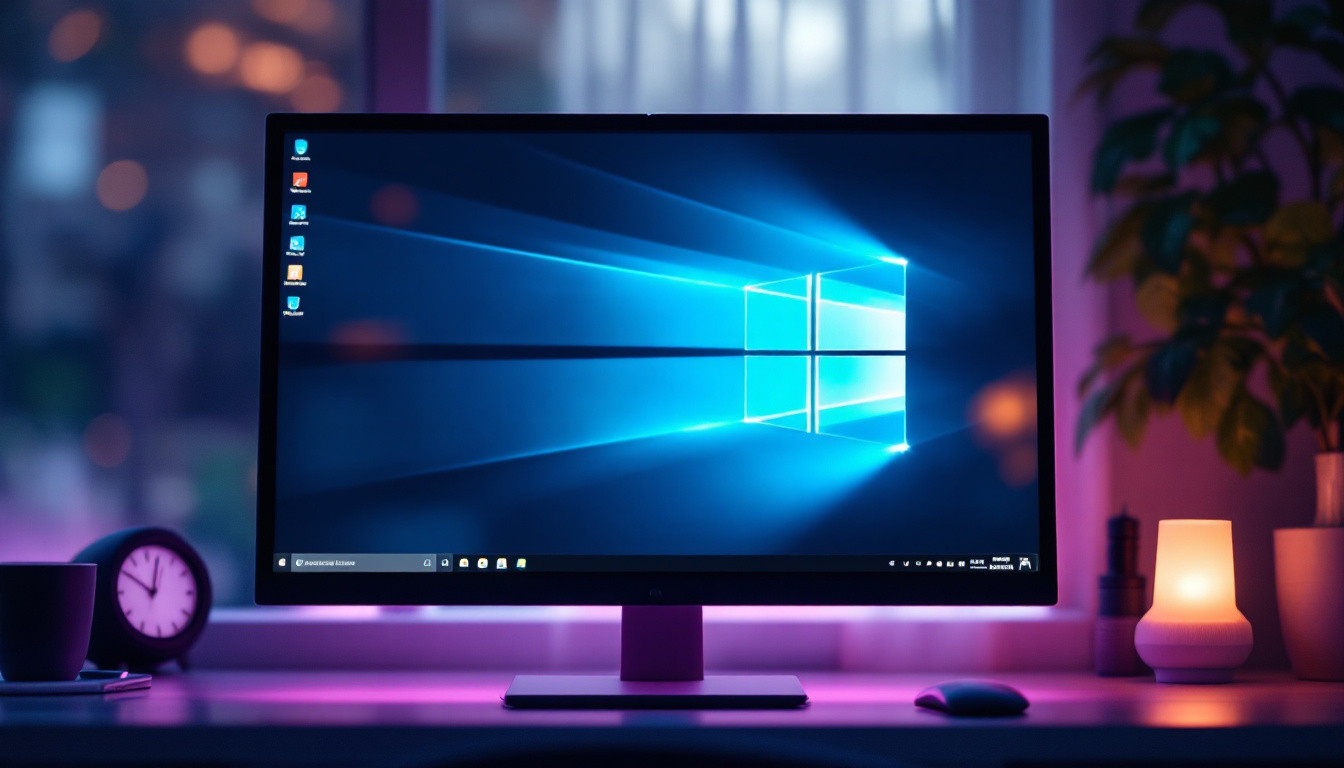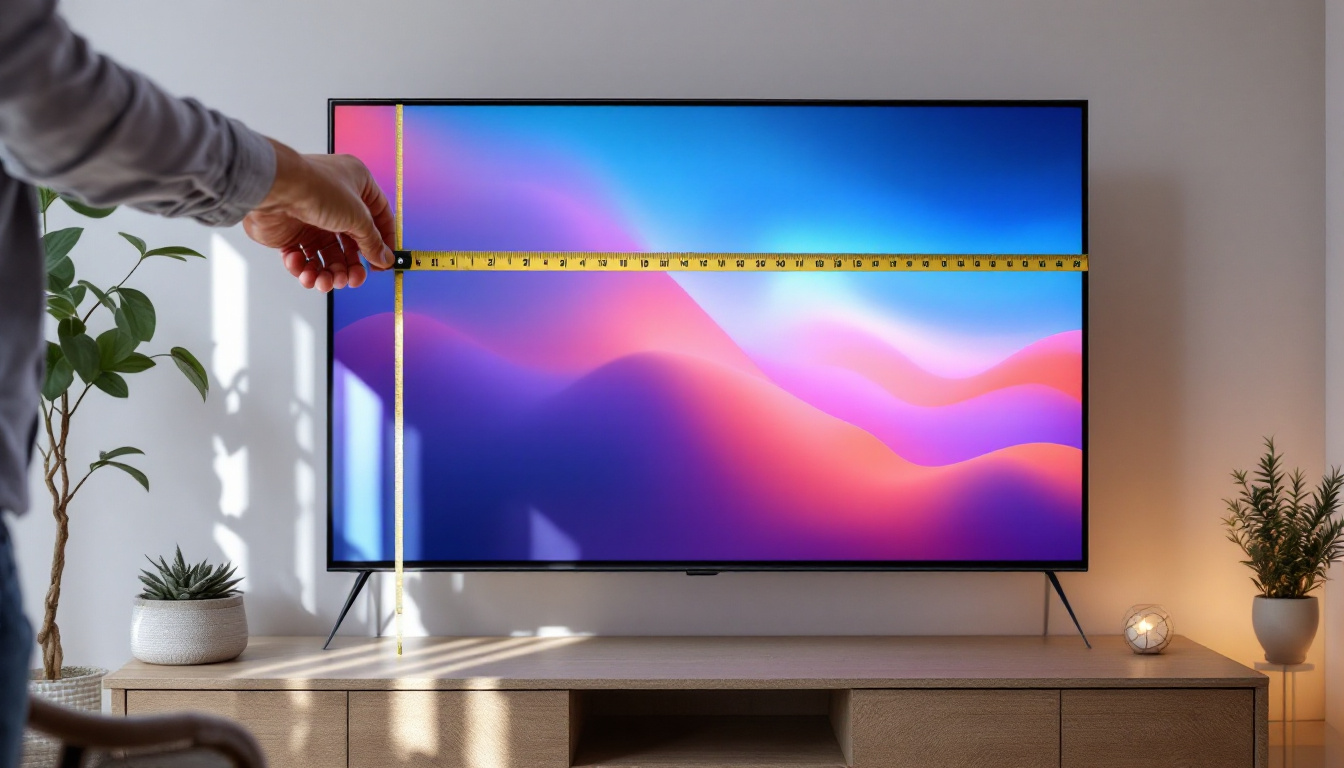40 Inch TV Wall Mount: LED Display Explained
In the modern era of home entertainment, the 40-inch television has become a popular choice for many households. Its size strikes a balance between compactness and visibility, making it suitable for various room sizes. However, to maximize the viewing experience, understanding how to properly mount your TV is crucial. This article delves into the nuances of 40-inch TV wall mounts, particularly focusing on LED displays.
Understanding LED Displays
LED (Light Emitting Diode) technology has revolutionized the way we experience visual content. Unlike traditional LCDs that use fluorescent backlighting, LED displays utilize tiny diodes to produce light, resulting in a brighter and more vibrant picture quality. This advancement not only enhances color accuracy but also improves energy efficiency. The compact nature of LED technology allows for more innovative designs, enabling manufacturers to create larger screens without compromising on picture quality or energy consumption.
Advantages of LED Technology
One of the primary advantages of LED displays is their superior contrast ratio. This means that the difference between the darkest blacks and the brightest whites is more pronounced, leading to a more dynamic viewing experience. Additionally, LED TVs are generally thinner and lighter than their predecessors, making them ideal for wall mounting. This sleek design not only saves space but also adds a modern aesthetic to any room, allowing for a seamless integration into home decor.
Moreover, LED technology provides a wider viewing angle, ensuring that viewers can enjoy a clear picture from various positions in the room. This is particularly beneficial for families or gatherings where multiple people may be watching from different angles. The enhanced brightness of LED displays also means that they perform better in well-lit environments, making them suitable for use in living rooms, offices, or even outdoor settings. This versatility makes LED displays a popular choice for both casual viewers and professional settings, where clarity and color fidelity are paramount.
Types of LED Displays
When considering a 40-inch TV, it’s essential to understand the different types of LED displays available. The most common variants include:
- Edge-Lit LED: These TVs have LEDs positioned along the edges of the screen, which helps to create a slimmer profile. However, they may not provide uniform brightness across the entire display. This can sometimes lead to a less immersive experience, particularly in dark scenes where light bleed may be noticeable.
- Full-Array LED: This type features a grid of LEDs behind the screen, allowing for better control over local dimming and enhancing contrast. It typically offers superior picture quality compared to edge-lit models. Full-array technology is particularly advantageous for watching movies or playing video games, as it can deliver deeper blacks and more vibrant colors.
- OLED: While not strictly an LED technology, OLED (Organic LED) displays are worth mentioning. They provide exceptional color accuracy and contrast, as each pixel emits its own light. However, they tend to be more expensive. The ability of OLED screens to achieve true blacks by turning off individual pixels can create stunning visual effects, making them a favorite among cinephiles and gamers alike.
In addition to these types, there are also variations such as QLED (Quantum Dot LED), which combines LED backlighting with quantum dot technology to enhance color reproduction and brightness. This innovation allows for a wider color gamut and improved energy efficiency, making QLED displays another compelling option for consumers seeking high-quality visual experiences. As technology continues to evolve, we can expect even more advancements in LED display technology, further enhancing how we interact with visual media.
The Importance of Wall Mounting
Wall mounting a TV not only saves space but also enhances the overall aesthetic of a room. A well-mounted TV can serve as a focal point, drawing attention and elevating the room’s design. Furthermore, wall mounting can improve viewing angles and reduce glare from windows and lights. By lifting the TV off the furniture, you can create a cleaner, more organized look, allowing for better use of the surrounding space. This is particularly beneficial in smaller living areas where every square foot counts, as it frees up valuable surface area for decorative items or additional furniture.
Moreover, wall mounting can contribute to a safer environment, especially in homes with children or pets. By securing the TV to the wall, you minimize the risk of it tipping over, which can lead to accidents and injuries. This added safety feature is an essential consideration for families, making wall mounting not just a stylistic choice but a practical one as well.
Choosing the Right Wall Mount
When selecting a wall mount for a 40-inch TV, several factors must be considered. The weight and VESA (Video Electronics Standards Association) pattern of the TV are critical. Most 40-inch TVs weigh between 25 to 50 pounds, so it’s essential to choose a mount that can support this weight. It’s also worth noting that some mounts come with additional safety features, such as locking mechanisms, which can provide extra peace of mind.
Additionally, the VESA pattern, which refers to the distance between the mounting holes on the back of the TV, must match the wall mount specifications. Common VESA sizes for 40-inch TVs include 200×200 mm and 400×400 mm. Before making a purchase, it’s advisable to double-check the TV’s manual or specifications to ensure compatibility. This attention to detail can save you time and frustration during installation, allowing for a smoother setup process.
Types of Wall Mounts
There are several types of wall mounts available, each catering to different needs and preferences:
- Fixed Mounts: These are the simplest and most affordable options. They hold the TV flat against the wall and are ideal for rooms where the viewing height is optimal. Fixed mounts are particularly popular in dedicated media rooms where the seating arrangement is stationary, providing a clean and unobtrusive look.
- Tilting Mounts: These mounts allow for slight adjustments in angle, which can help reduce glare and improve viewing comfort, especially in rooms with varying light conditions. They are a great choice for spaces where the TV is mounted higher on the wall, as they can be tilted downwards for a better viewing experience.
- Full-Motion Mounts: Also known as articulating mounts, these provide the most flexibility. They allow the TV to be pulled away from the wall, tilted, and swiveled, making them perfect for corner installations or for rooms with multiple viewing areas. Full-motion mounts are ideal for open-concept spaces where viewers may be seated in different locations, ensuring everyone has a great view.
Installation Process
Installing a wall mount may seem daunting, but with the right tools and guidance, it can be a straightforward process. Proper installation ensures safety and optimal viewing experience.
Tools Required
Before beginning the installation, gather the necessary tools. Commonly required tools include a stud finder, level, drill, screwdriver, and a measuring tape. Having these tools on hand will streamline the process and minimize potential setbacks.
Step-by-Step Installation Guide
1. **Find the Studs:** Use a stud finder to locate the wooden studs in the wall. Mounting the TV on studs ensures stability and prevents damage to the wall.
2. **Mark the Mounting Holes:** Hold the wall mount against the wall at the desired height. Use a level to ensure it is straight, then mark the drilling points.
3. **Drill the Holes:** Drill pilot holes at the marked points. Be cautious not to drill too deep, as this could damage the wall.
4. **Attach the Mount:** Secure the wall mount to the wall using the provided screws and anchors. Ensure it is tightly fastened and level.
5. **Attach the TV Bracket:** Fix the mounting bracket to the back of the TV, ensuring it is securely attached.
6. **Hang the TV:** With assistance, lift the TV and carefully hang it on the wall mount. Double-check that it is secure before letting go.
Optimal Viewing Height
Determining the optimal height for mounting a TV is crucial for comfort and enjoyment. The ideal height typically depends on the size of the TV and the viewing distance.
General Guidelines
A common recommendation is to mount the TV so that the center of the screen is at eye level when seated. For a 40-inch TV, this usually translates to a height of about 42 to 48 inches from the floor, depending on the height of the seating arrangement.
It’s also advisable to consider the viewing distance. A distance of 5 to 8 feet is generally recommended for a 40-inch TV. This ensures that viewers can appreciate the full detail without straining their eyes.
Adjusting for Room Layout
Room layout plays a significant role in determining the best mounting height. For example, if the TV is to be viewed from a reclining position, a slightly lower mount may be more comfortable. Conversely, if the TV is to be viewed from a standing position, a higher mount may be appropriate.
Maintaining Your LED TV
Once the TV is mounted, maintaining its performance is essential for longevity and optimal viewing quality. Regular maintenance can prevent common issues and enhance the overall experience.
Cleaning the Screen
Keeping the screen clean is vital for maintaining picture quality. Use a microfiber cloth to gently wipe the screen, avoiding harsh chemicals that could damage the display. For stubborn spots, a solution of distilled water and vinegar can be used sparingly.
Updating Firmware
Many modern LED TVs come with smart features that require regular firmware updates. Keeping the TV’s software up to date ensures access to the latest features and improvements. Check the manufacturer’s website or the TV’s settings menu for update notifications.
Conclusion
Mounting a 40-inch LED TV can significantly enhance the viewing experience, providing both aesthetic appeal and practical benefits. Understanding the technology behind LED displays, choosing the right wall mount, and following proper installation procedures are essential steps in this process.
By considering factors such as optimal viewing height and regular maintenance, homeowners can ensure that their investment in a 40-inch TV provides enjoyment for years to come. Whether for movie nights, gaming sessions, or binge-watching favorite shows, a well-mounted TV can transform any space into a home theater.
Discover LumenMatrix’s Advanced LED Display Solutions
Ready to elevate your home theater experience with the latest in LED technology? Look no further than LumenMatrix, a pioneer in the field of LED displays. Our extensive range of products, from Indoor and Outdoor LED Wall Displays to innovative solutions like Vehicle LED Displays and LED Transparent Displays, is designed to bring your viewing experience to life. Embrace the future of visual communication with LumenMatrix’s LED display modules, crafted to deliver unparalleled brand visibility and create immersive visual experiences. Don’t miss out on the opportunity to transform your space. Check out LumenMatrix LED Display Solutions today and see the difference cutting-edge technology can make.

